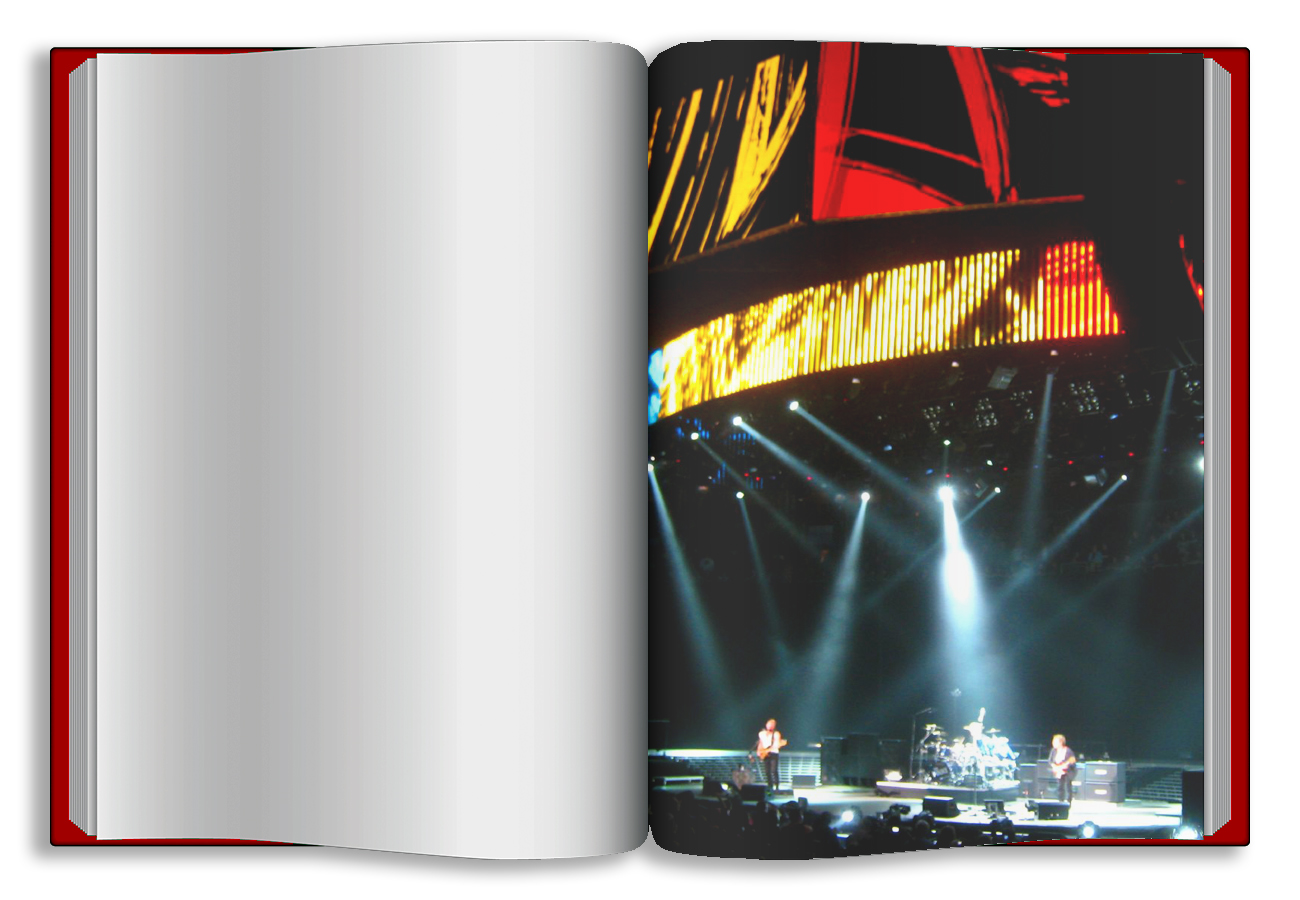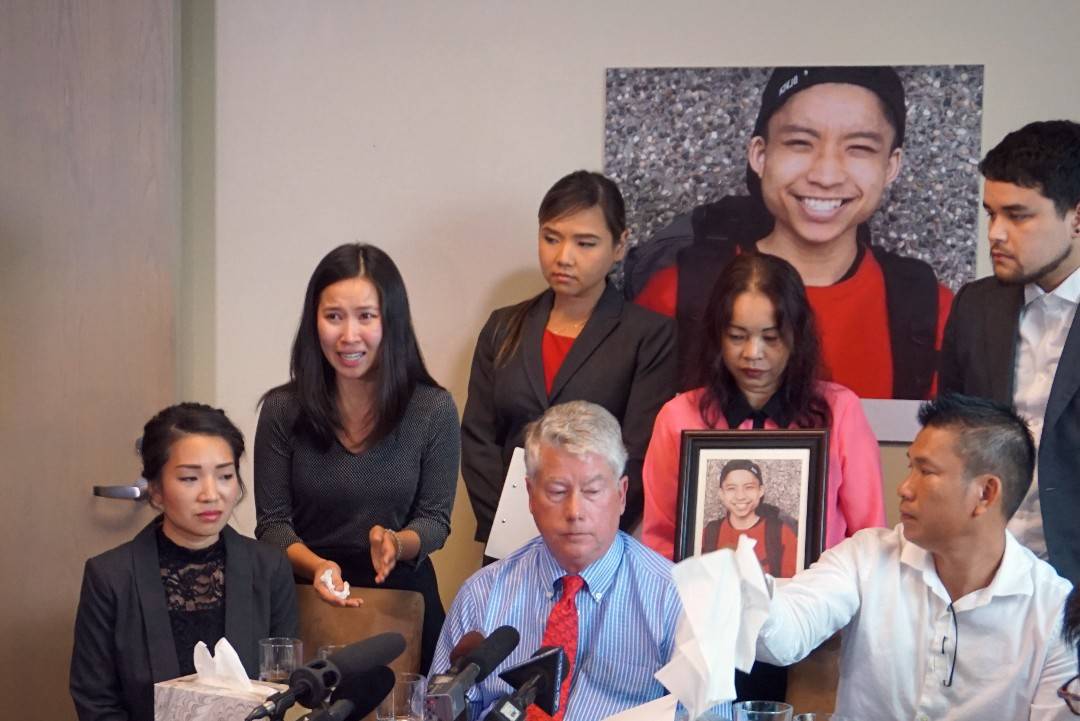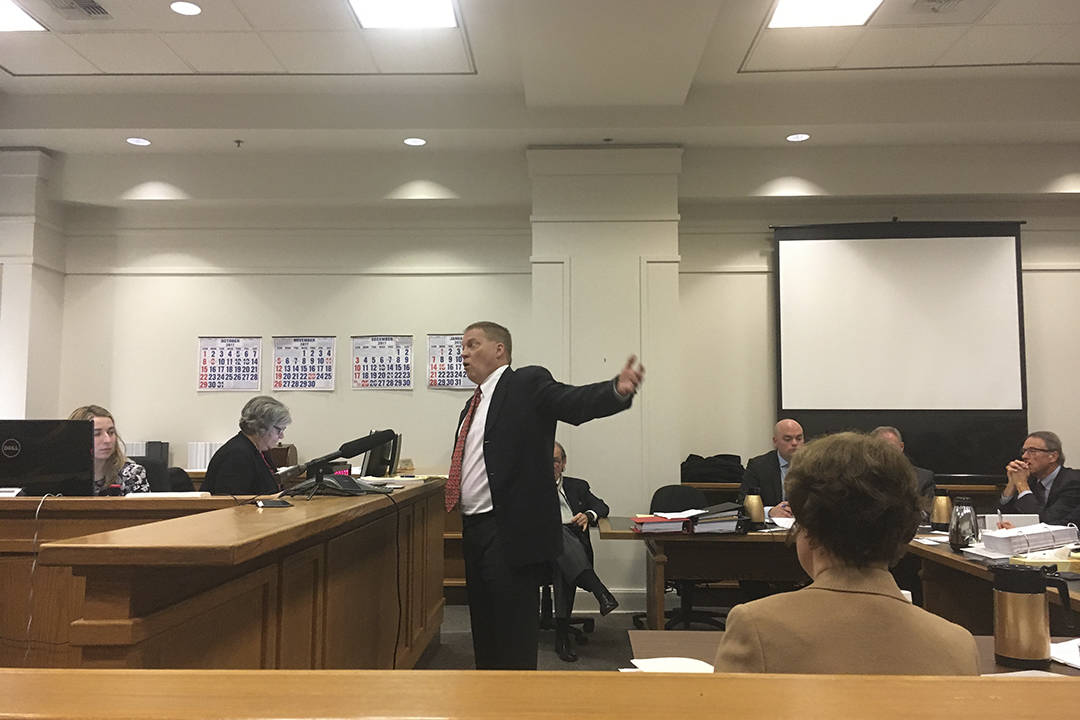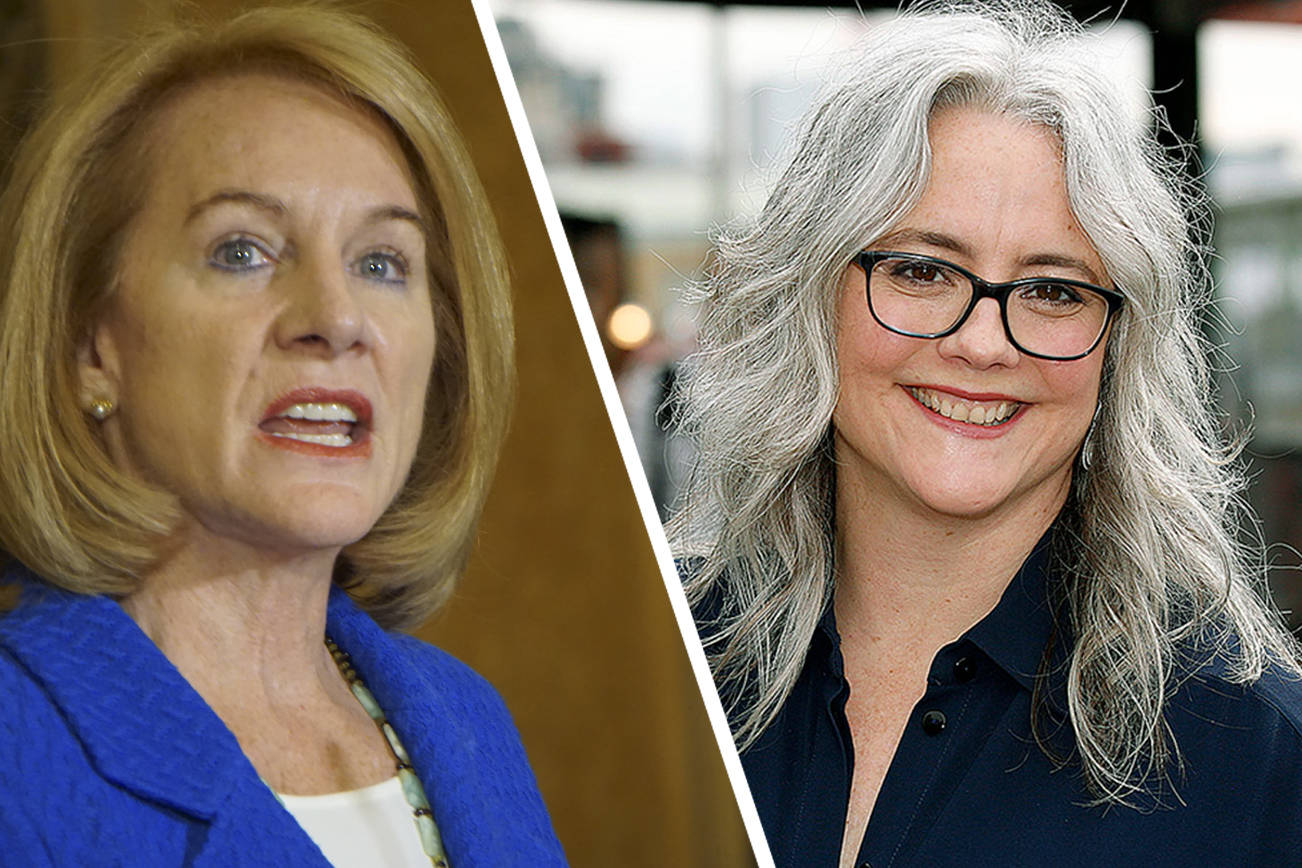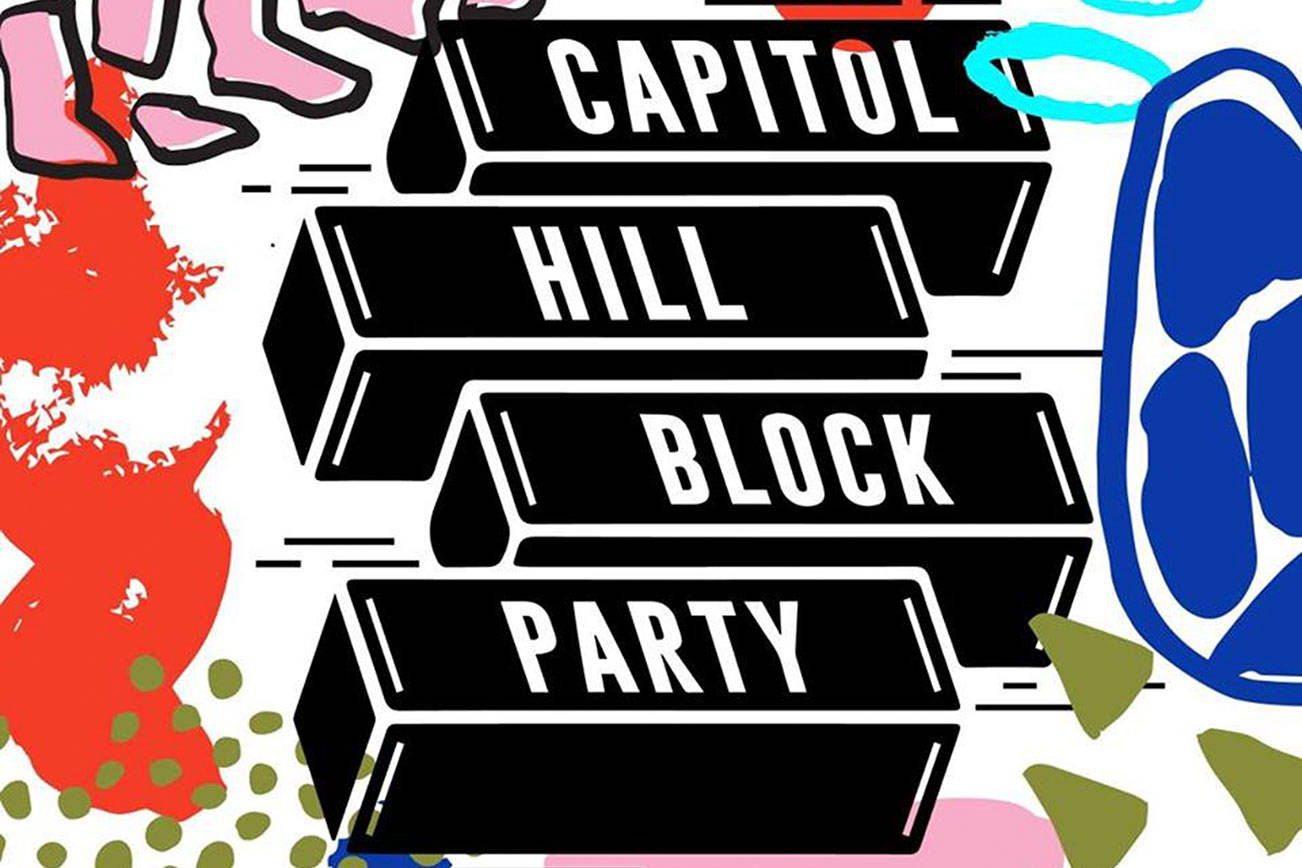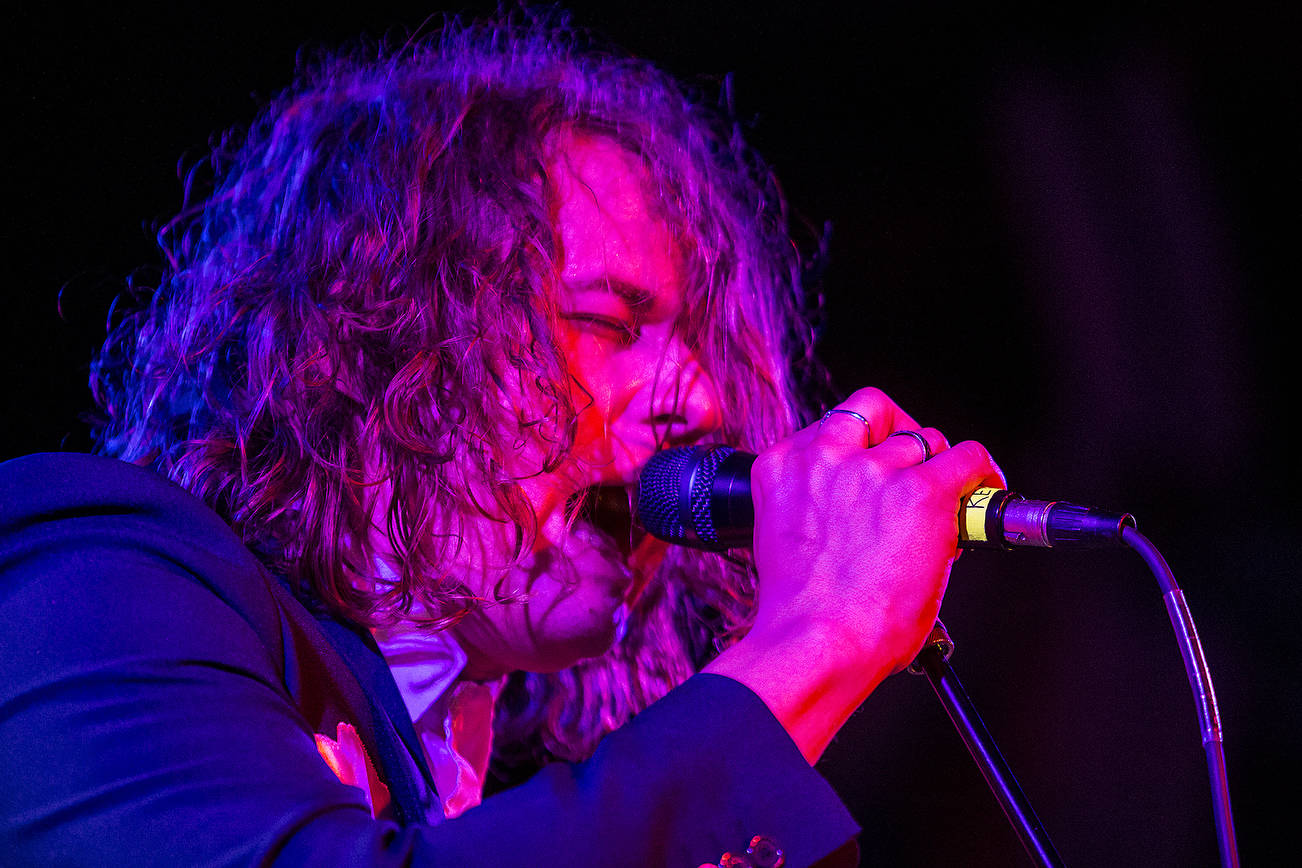Two years ago, Bumbershoot was at a crossroads: Facing declining attendance and running in the red, did the homegrown nonprofit festival want to keep trying to compete on a national stage with huge festivals like Bonnaroo and Coachella—to which it had been compared in the press—or was it time for a managed retreat?
“We were being told ‘You guys are on a roll. Go for it,’ ” Reel One Executive Director Jon Stone says of the bigger-is-better logic that had driven the festival in flusher times. “We thought for a while that that was where we ought to go.”
But to swim with the big boys, organizers of the 42-year-old festival knew they would need to keep bringing in A-list talent—performers who could be relied upon to attract 20,000 people to Memorial Stadium—and in turn keep raising ticket prices to pay for it.
“We had to ask ourselves, do we want to go for it, or do we want to be a truly local, regional art festival?” Stone says.
By the way he frames that question, you can guess which direction organizers chose.
While the changes instituted in 2011 were many, none drew as much attention as moving the festival’s mainstage from the “20,000 and change” capacity Memorial Stadium to the 11,000-capacity KeyArena.
The generous spin on this move was that using the smaller venue took pressure off organizers to spend a huge amount to convert the stadium into a temporary rock venue, and then more to hire major acts to fill it. Not only did the freed-up cash help keep ticket prices to the once-free festival in check, this generous view goes, but it also allowed Bumbershoot to bring in a wider variety of quality acts that better reflects the balkanization of post-MTV music fandom.
The less generous spin is that the move represented the concession by organizers that the festival would never again see the attendance levels of the heady ’90s. “Memorial Stadium became a full-on mainstage at a time when the attendance was at its peak,” Stone says. “It was insane back then; you needed a place to put all those people. . . . The world has become a very different place since then.”
Attendance dropped every year between 2008 and 2011; the festival operated at a loss in 2009 and 2010. In 2011 it “nearly broke even,” according to Aubrey Bergauer, senior director of community engagement.
But Bumbershoot 2012 saw a 10 percent increase in audience size (115,000 attended) and operated in the black. This year has seen the strongest advance sales of the last five years. All this is being read by organizers as a sign that the public approves of the change in mainstages, and everything else that came with it.
“It’s clear to us now that we have reconnected and re-established a conversation with our audience,” Stone says. “We know who our audience is.”
KeyArena is a finicky venue, to put it kindly. Sunny rockers Best Coast sounded godawful in the cavernous, dark arena during their afternoon set last year; Skrillex’s sensory-overloading dub-circus, on the other hand, was mind-blowing. The limited floor capacity can make it appear as though there’s plenty of room for more fans, if only the security guards would lighten up and let people down there. This harebrained logic led a very stupid group of M83 fans to rush the floor last year, putting themselves and security guards in real danger (nobody got hurt). But then again, teenagers stormed the floor at Memorial Stadium too.
“KeyArena is not a perfect venue. Memorial Stadium was not a perfect venue,” Stone says. “When we were using Memorial Stadium, our number-one complaint was the mainstage: ‘The sound quality is bad.’ ‘You can’t see the band.’ Now our number-one complaint is KeyArena.”
Stone says the festival is working with Arena staff (it’s a city-owned property, so the City of Seattle gets to determine who those staff are) to improve customer service there, and he says the lines will be better managed. He’s also looking forward to the day that a new Seattle Center concert venue is constructed under the Century 21 Master Plan, which would sit where Memorial Stadium now is and finally provide Bumbershoot with a large concert space actually built for music.
But for now, he says, given all the factors, the festival is happy to use what it’s got. “KeyArena has its strengths and its flaws,” he says, “but KeyArena is the best option.”
dperson@seattleweekly.com
